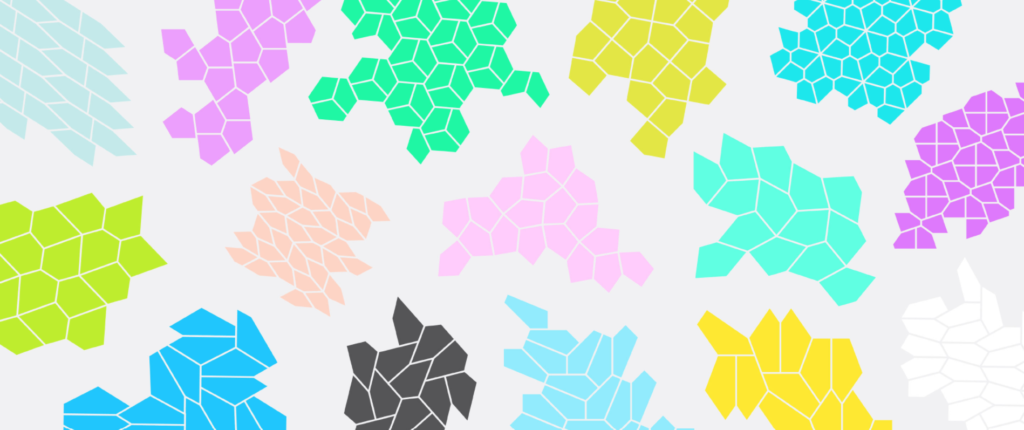convex monohedral pentagon tiling

“building blocks”- 2 words I grew up with. be it LEGOs, MECHANO sets, or even sand castles-it all is based on building blocks. Brick is a great example of a building block- a single piece of material that is modular, infinitely repeatable, and structurally stable. Another great example in this digital world is material mapping and […]
skyline house

Terry & Terry Architecture The design consists of channeling or framing the views from the West side of the property into the house and through to the garden area on the East side. Enveloping the open plan common space in a wood tube becomes the connector between the garden and viewing deck. https://archello.com/project/skyline-house
te pakeke

Fearon Hay Architects A series of perforated black screens that are each edged with brass have then been made to wrap around the Te Pakeke’s facade. https://www.dezeen.com/2020/07/27/te-pakeke-house-architecture-new-zealand/
